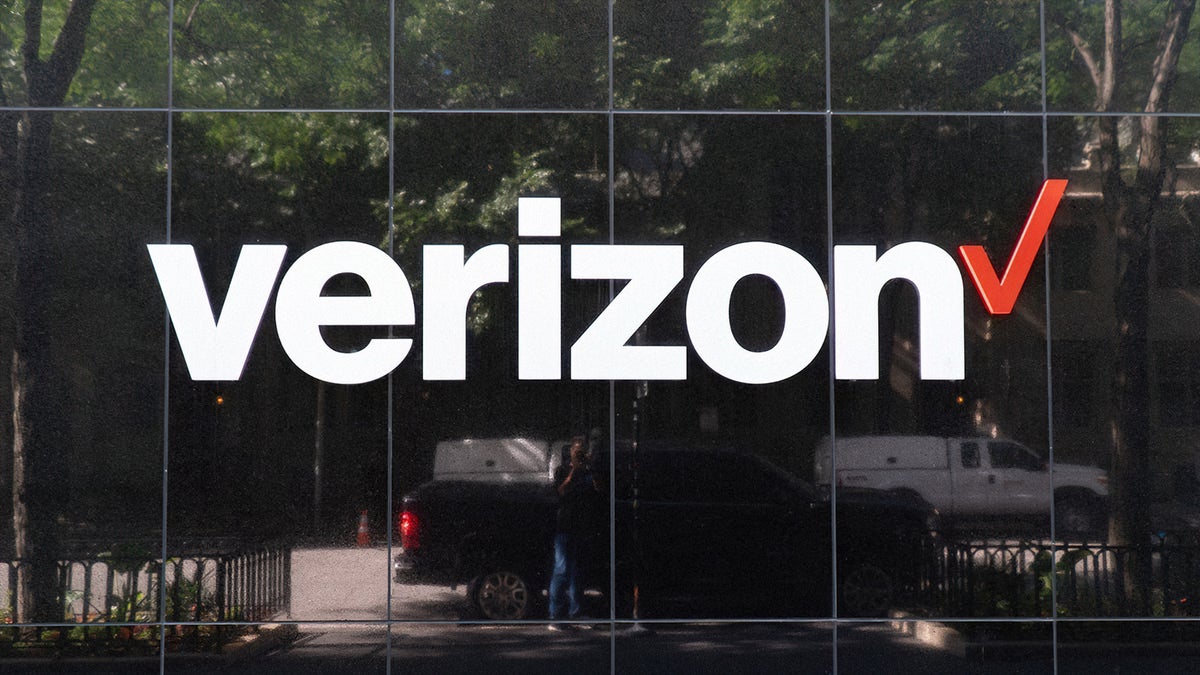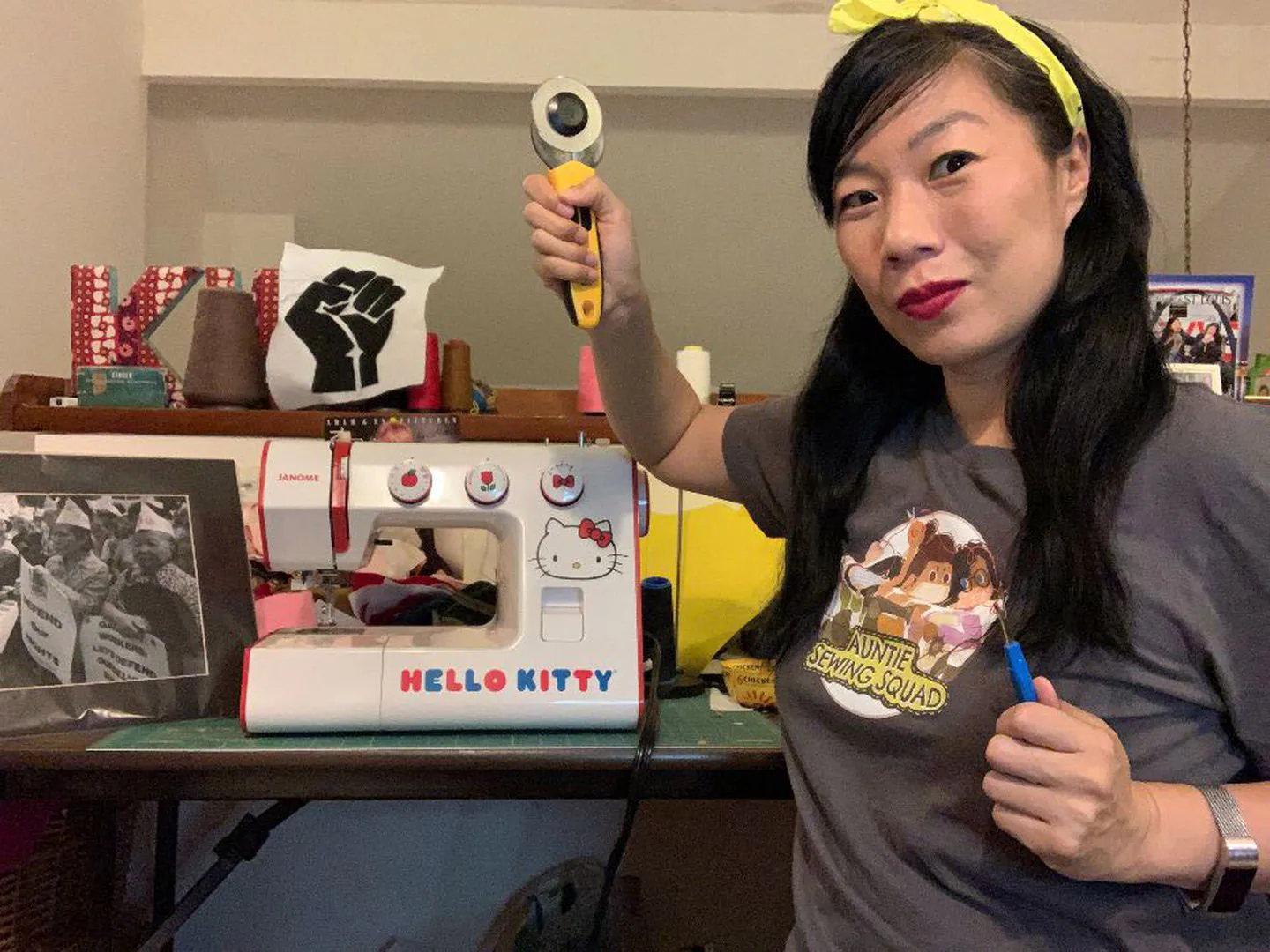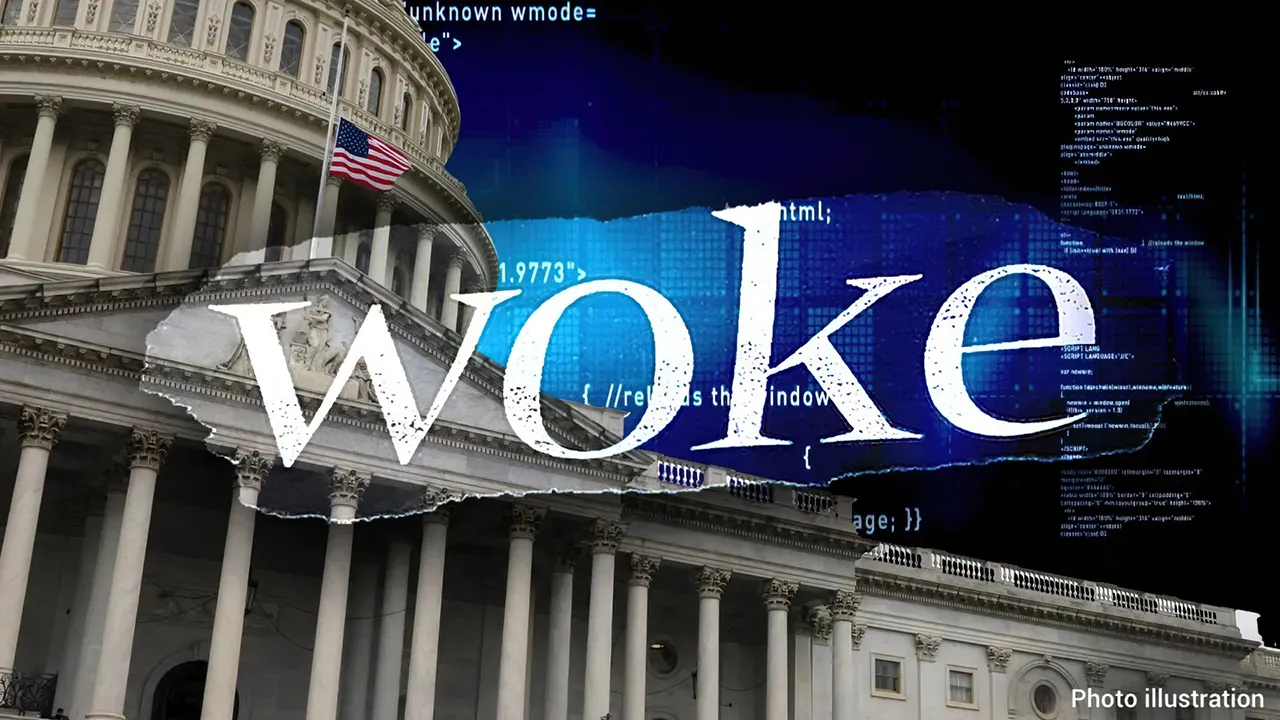Verizon just mapped the future of 911 – and AI, drones, and robots are taking center stage

AI is everywhere these days (as you have probably already noticed), and now Verizon has fresh numbers to show just how big of a role it could play in the future of public safety.
First responders are betting on AI, drones, and stronger cybersecurity
A new Verizon study shows that nearly half of first responders expect to be using AI and drones or robots daily within the next five years. The findings come from the Verizon Frontline Public Safety Communications Survey, which also highlights growing investment in cybersecurity protections and an increasing demand for rock-solid network reliability.
In fact, 78% of respondents said access to a reliable, resilient network has already improved field communications. Now in its fifth year, the survey offers a snapshot of how first responders are currently using mission-critical communication tools and what innovations they are prioritizing for the near future.
First respondents believe new technologies will either be a top priority or important to the future of public safety. | Image credit – Verizon
This shift is also being fueled by recent FAA (The Federal Aviation Administration) changes, including looser visual line-of-sight rules, which make drones far more practical for agencies to deploy right away instead of treating them as a long-term experiment.
The survey also makes it clear that public safety agencies are taking cyber threats seriously. With ransomware attacks and third-party breaches on the rise, 67% of agencies said they have added new cybersecurity protections within the last year.
And for the second year in a row, network reliability came out on top as the single most critical factor for both day-to-day (65%–75%) and emergency response (64%–73%) communications. Without it, none of the other advanced tools matter.
Recommended Stories
Would you consider reliable networks more important than any other tech for first responders?
Yes, without it nothing else works. Maybe, but AI and drones are equally key. Not really, hardware matters more. No, network isn’t the main issue.
Yes, without it nothing else works.
0%
Maybe, but AI and drones are equally key.
0%
Not really, hardware matters more.
0%
No, network isn’t the main issue.
0%
AI, drones, robots are the future?
The results highlight where public safety is headed: more AI integration, greater use of drones and robotics, and continued urgency around cybersecurity and resilient networks. In emergency response, downtime simply isn’t an option – whether it is caused by a breach, a shaky connection, or outdated tech.
The needed progress
This is exactly the kind of progress where technology makes the most sense – in areas that keep people safe. Verizon’s findings line up with what we are seeing across the industry. T-Mobile, for example, has also been expanding its use of satellites and drones in emergencies.
Its fleet includes heavy-lift drones for supplies, portable connectivity kits and even search-and-rescue drones with thermal imaging, LiDAR (Light Detection and Ranging) mapping and one-way broadcast communications. Public safety tech is clearly entering a new phase, where AI, robotics and next-gen connectivity aren’t just “nice to have” but mission-critical.
“Iconic Phones” is coming this Fall!
Rediscover some of the most unique and memorable phones of the last two decades! “Iconic Phones” is a beautifully illustrated book that we’ve been working on for over a year – and it’s coming out in just a couple short month!



